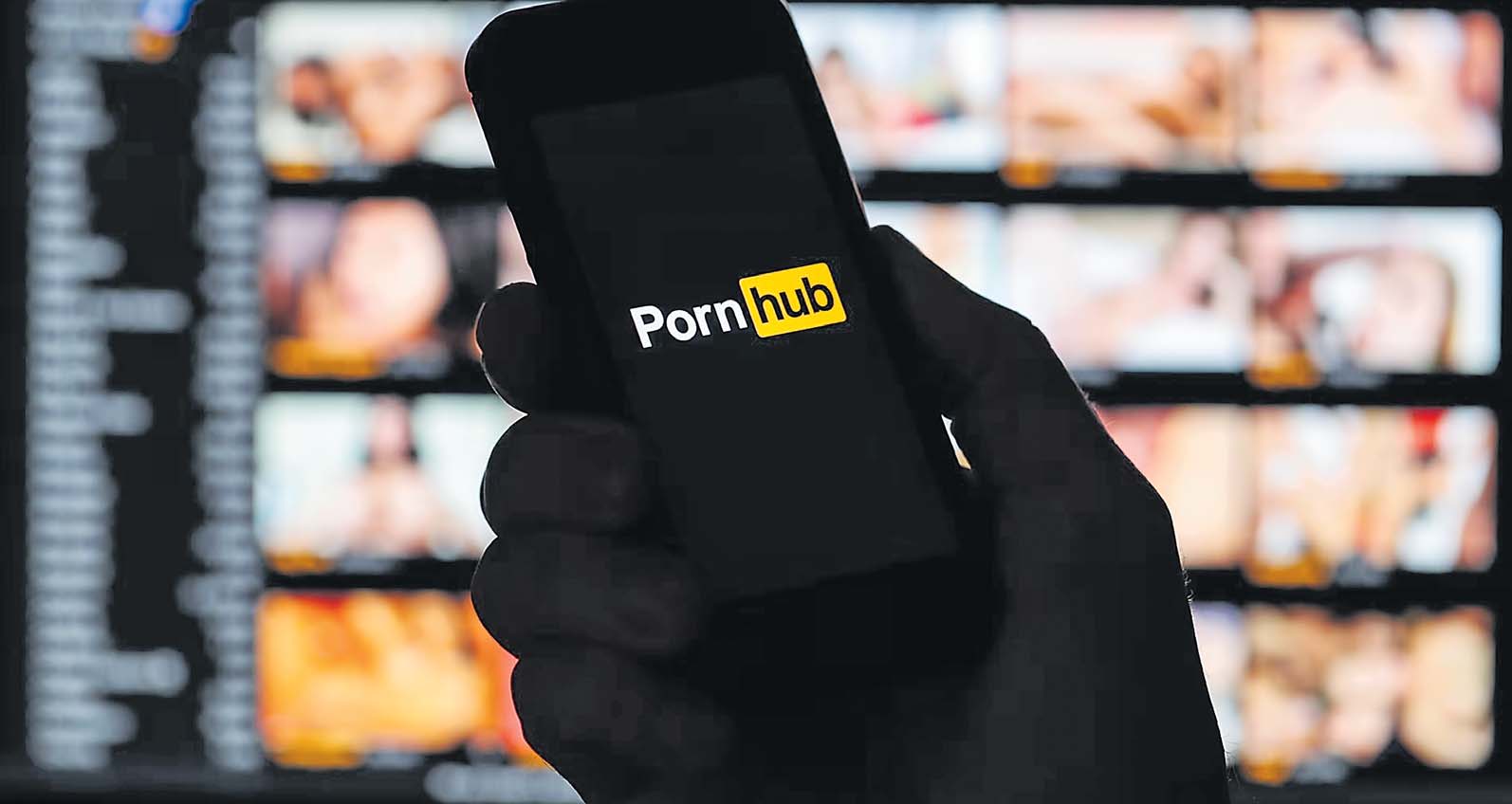Porn has become a hotly debated national topic, with one internet provider stating that 626.13 terabytes of internet traffic were used to view porn in Fiji last quarter.
It has become so prevalent that Fiji’s Cabinet has established an anti-porn task force in an attempt to better understand the problem.
I first wrote about the dangers of porn in 2013, when I was an intern journalist. At that time, the psychiatrist at St. Giles Hospital told me that the dopamine hit caused by porn makes it highly addictive and that it is especially dangerous for children.
Before we dive into this topic, there are two things we must understand.
One is that porn and other mature contents are now widely and very easily accessible to virtually anyone because of the prevalence of the internet and technology.
Any child could pick up a device right now and access unfiltered pornographic material at the click of a button.
The second thing is that porn sites don’t filter or differentiate between software and hardcore porn; in most cases, they are all bundled up together.
Is porn really that bad?
Say you’re a little boy just hitting puberty and naturally curious about the other gender. You decide to look at an explicit picture of a naked lady because, well, all your friends are doing it, and it is pretty easy to access.
That picture is new and exciting, and your brain floods your body with dopamine. Eventually, your brain gets used to it, and you need something more. So next you look for a more explicit picture, but eventually, this too gets boring, and now you need to find something even more extreme.
Eventually, this gets boring too, and now you need even more hardcore content to satisfy your brain’s need for dopamine, and this is how one goes down the rabbit hole of porn addiction something that children are particularly susceptible to.
Some of the hard-core pornographic content available on the internet is literally about women being violently raped. Imagine a 12 or 13-year-old boy watching this at the age where their personalities are still being formed.
At this point, the child’s view of relationships, the opposite gender, and intercourse is completely warped. What starts as a curiosity-driven exploration can quickly spiral into compulsive viewing behaviour, impacting their academic performance, social interactions, and overall well-being.
The more hardcore and violent porn, which again is very easy to access, desensitises children to real intimacy and, as many studies show, leads to them devaluing the opposite gender.
It also causes riskier sexual behaviour, which I believe is what we are seeing now among our young population.
Some research suggests the dopamine hit from porn, which causes the addiction, is on par with, if not higher than heroin. Again, it is particularly harmful to children because their brains are still developing at such a young age.
Let’s not forget that many porn sites are scams, and accessing them exposes children to cybersecurity risks, including malware, phishing scams, and inappropriate contact with strangers.
This puts their personal information and safety at risk, as well as your home’s entire Wi-Fi network. Another important thing that authorities have not considered is the social networking aspect of porn sites.
Most porn sites give viewers the ability to create accounts, just like Facebook, and then they can network with each other, exchange photos, and chat.
During the nude revenge porn scandal that a local newspaper exposed, much of the content was circulating this way on a couple of popular websites until they were shut down after authorities started investigations.
But it’s not porn. Fiji is being bombarded with unfiltered Western media content that organisations such as the Audiovisual Commission (I think that’s what they’re called) are meant to regulate.
Movies, television series, and even songs with highly explicit lyrics are bombarding the minds of children daily, easily accessible with no second thought about the future consequences this may bring.
In other countries, they have commissions and authorities that regulate content, particularly movies where the R18 and R16 ratings are strictly enforced.
Some of this content has the same detrimental impact on children as pornographic content, if not worse (shows that promote suicide, for example).
So what can be done about this?
From a technological standpoint, it is a very difficult problem. Banning porn is very difficult because of the sheer volume of easily accessible porn sites.
Our so-called technology giants are just infrastructure and service providers who do not have the expertise to deal with problems that real tech giants around the world have been unable to solve.
By banning porn sites, the only thing you will do is drive consumers towards the use of VPNs and other technology to bypass bans, and the deep web, and not much will change.
A blanket ban on porn for those over 18 could also be considered an attack on their freedom of choice and is something that needs to be carefully navigated. Ultimately, parents play a crucial role in educating their children about healthy sexuality and responsible internet use.
They should have open, age-appropriate conversations about pornography, emphasizing its unrealistic nature and potential harm. Stop being embarrassed to talk to your children!
Parents can also implement parental controls and monitor their children’s online activities to limit exposure to explicit content as well as safeguard them from potential online predators.
Schools need to start incorporating new world dangers like pornography and other online threats into the curriculum to prepare our young ones to be able to deal with these things.
Authorities should consider enforcement of laws on the consumption of porn and other media content by minors, with penalties for adults who fail to stop their children from accessing this content.
Public awareness and the role of the media are crucial if we are to get ahead of this growing problem.
Children (and adults) who have been exposed to pornography or are struggling with compulsive porn use should have access to support services, including counselling, therapy, and support groups.
As parents, educators, and policymakers, it’s essential to address these issues proactively.
Open communication, comprehensive sex education, and parental controls on digital devices can help mitigate the negative impact of pornography on children.
• ARNOLD CHANEL is an investor and business executive with years of tech expertise. He can be contacted on ceo@ vanguardtech.pro. The views expressed in this article are his and not of this newspaper.






